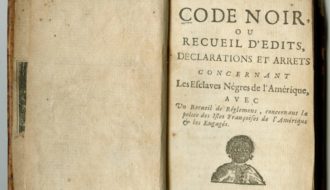
6.10 d. Code Noir
The Code Noir provided rules for how colonists treated enslaved people as well as how people of European and African ancestry interacted in French colonial Louisiana.

The Code Noir provided rules for how colonists treated enslaved people as well as how people of European and African ancestry interacted in French colonial Louisiana.

The 1724 Code Noir of Louisiana was a means to control the behaviors of Africans, Native Americans, and free people of color.

For both Union and Confederate forces during the Civil War, New Orleans was considered a strategic city at the mouth of the Mississippi River.

Federal forces occupied New Orleans, a strategic city at the mouth of the Mississippi River, from 1862 until the end of Reconstruction.
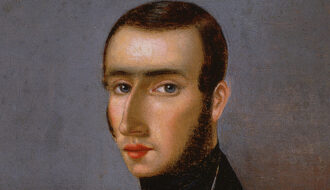
New Orleans' unique three-tiered racial system which accepted free people of color as a separate caste from enslaved blacks provided a unique opportunity for free black artists.
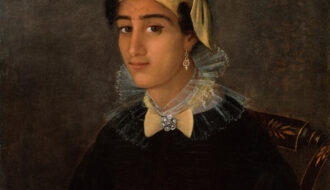
Free people of color constituted a diverse segment of Louisiana’s population and included people that were born free or enslaved, were of African or mixed racial ancestry, and were French- or English-speaking

After the Louisiana Purchase, lawmakers passed numerous restrictions against free people of color, though they still experienced some economic gains and opportunities.

In colonial Louisiana free people of color developed thriving communities and had access to privileges that enslaved people did not.
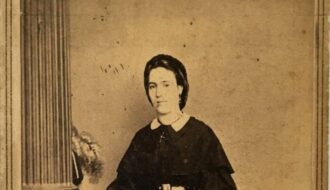
Henriette Delille was a free Afro-Creole woman who founded sodalities, or religious sororities, for women of African descent that dedicated themselves to the care of the poor, the enslaved, and free people of color.

Julien Hudson was the first professional African American portraitist in the South.
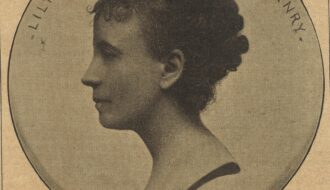
A Creole of color who became a pioneering scholar of education in France

Manumission is the formal act or process of being released from slavery.
One-Year Subscription (4 issues) : $25.00
Two-Year Subscription (8 issues) : $40.00
